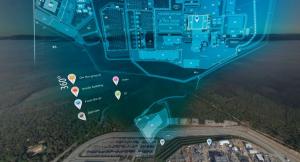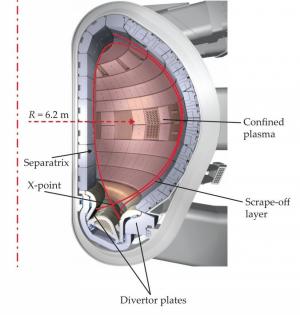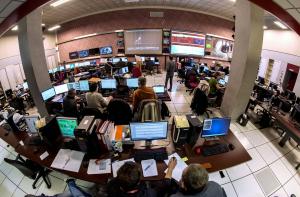What’s New
9 December 2019
ITER news digest for the period of 2 December 2019 to 9 December 2019.

ITER public service announcement seen all over the world

360° virtual tour updated





